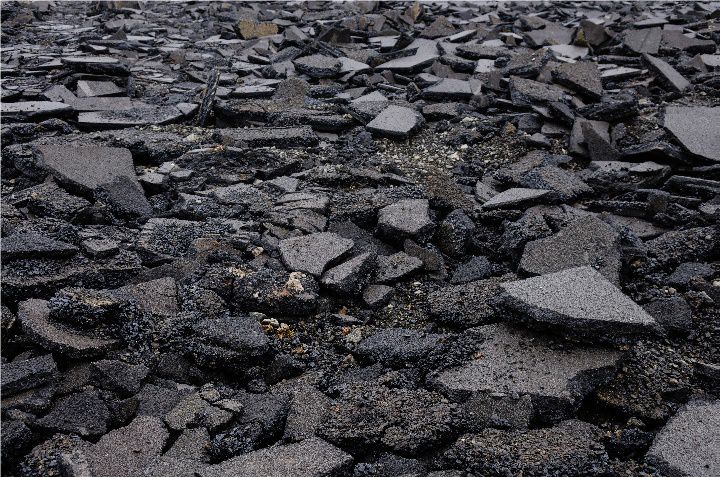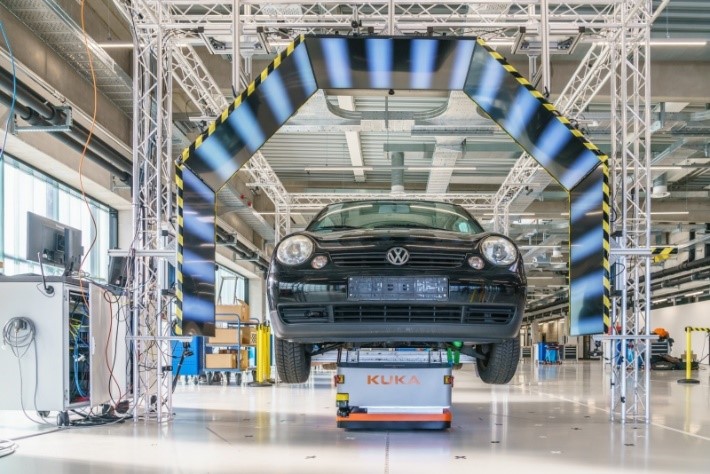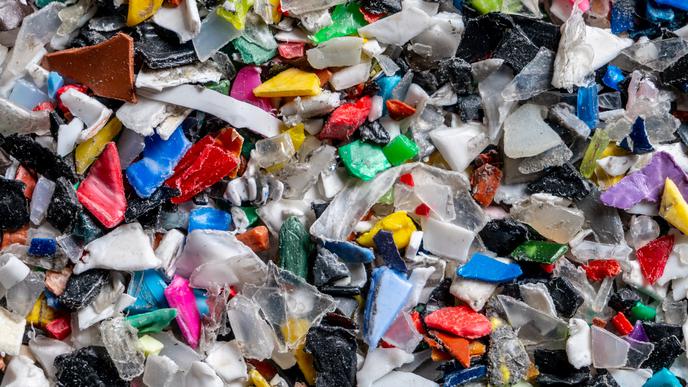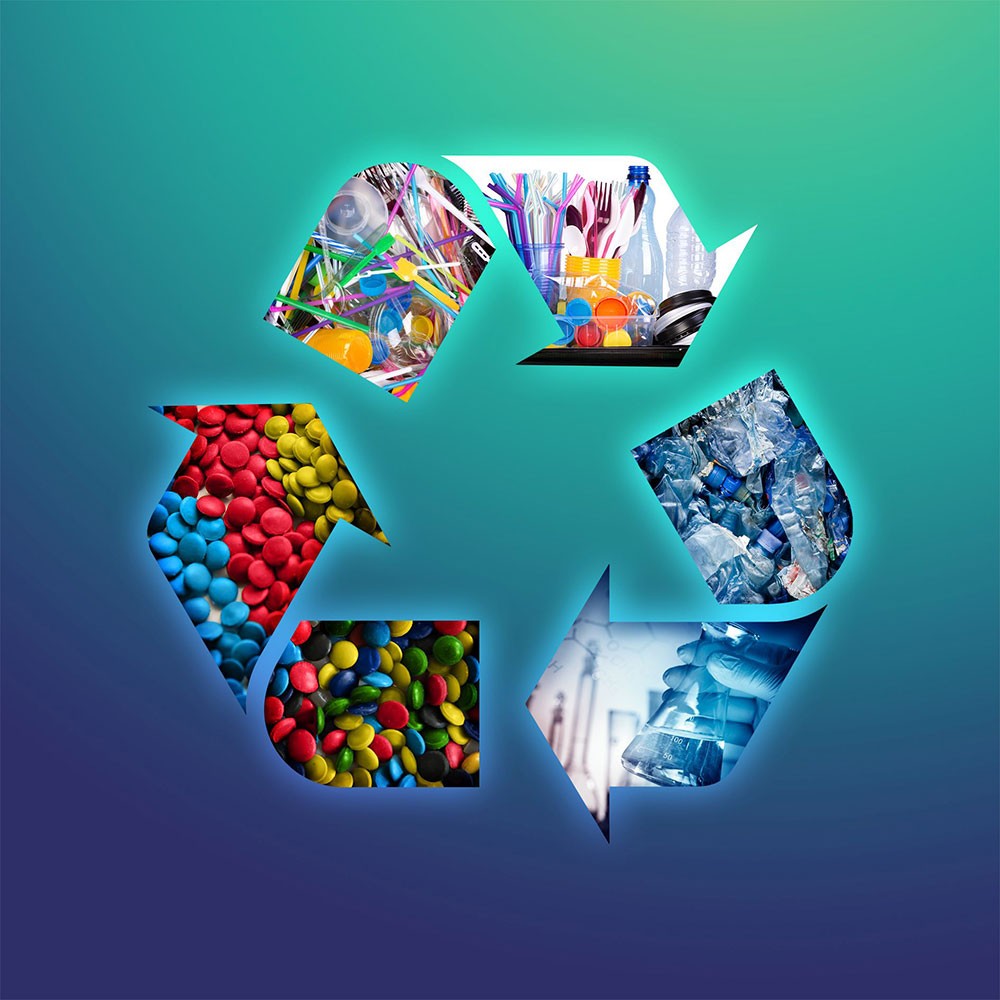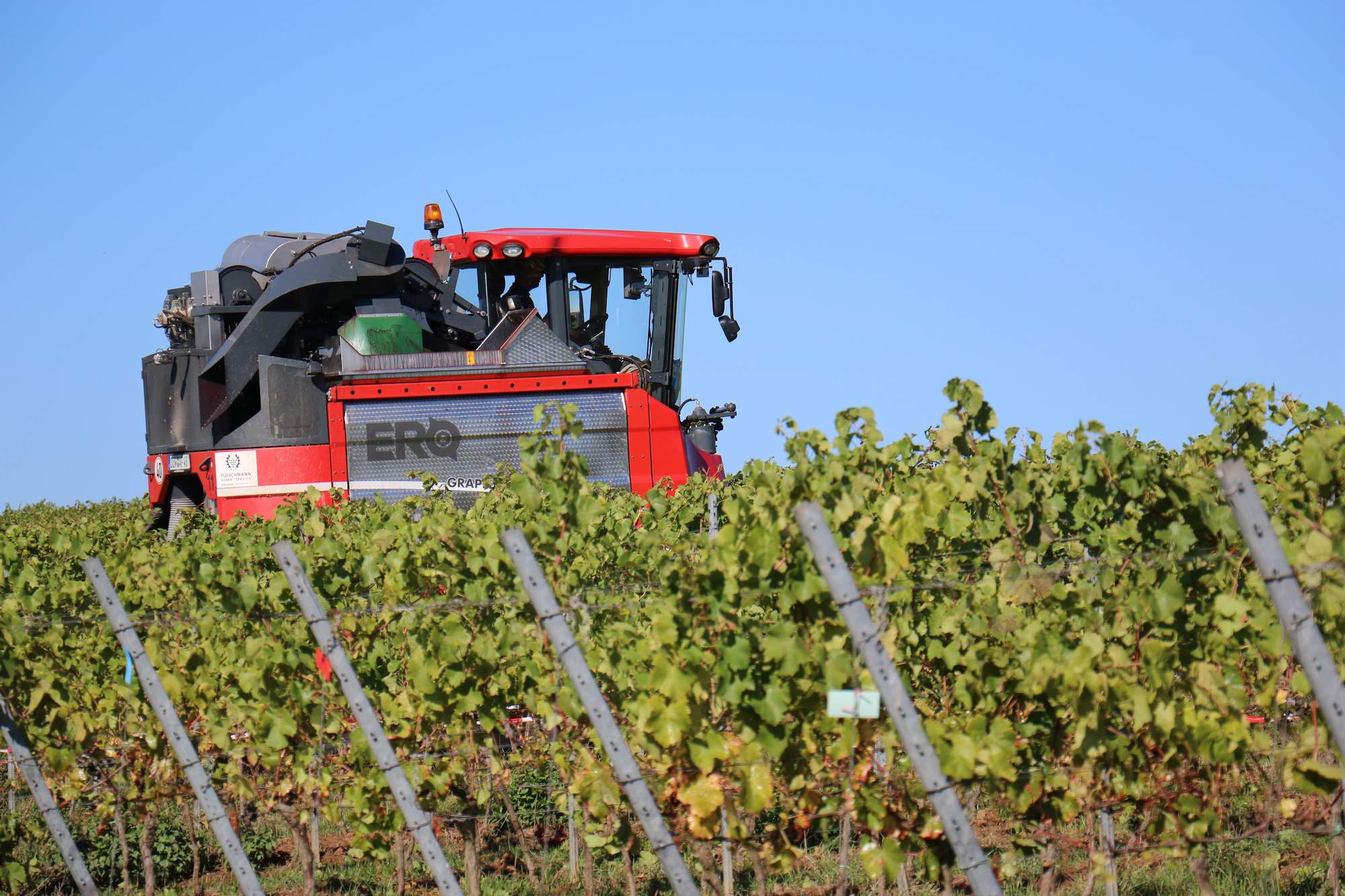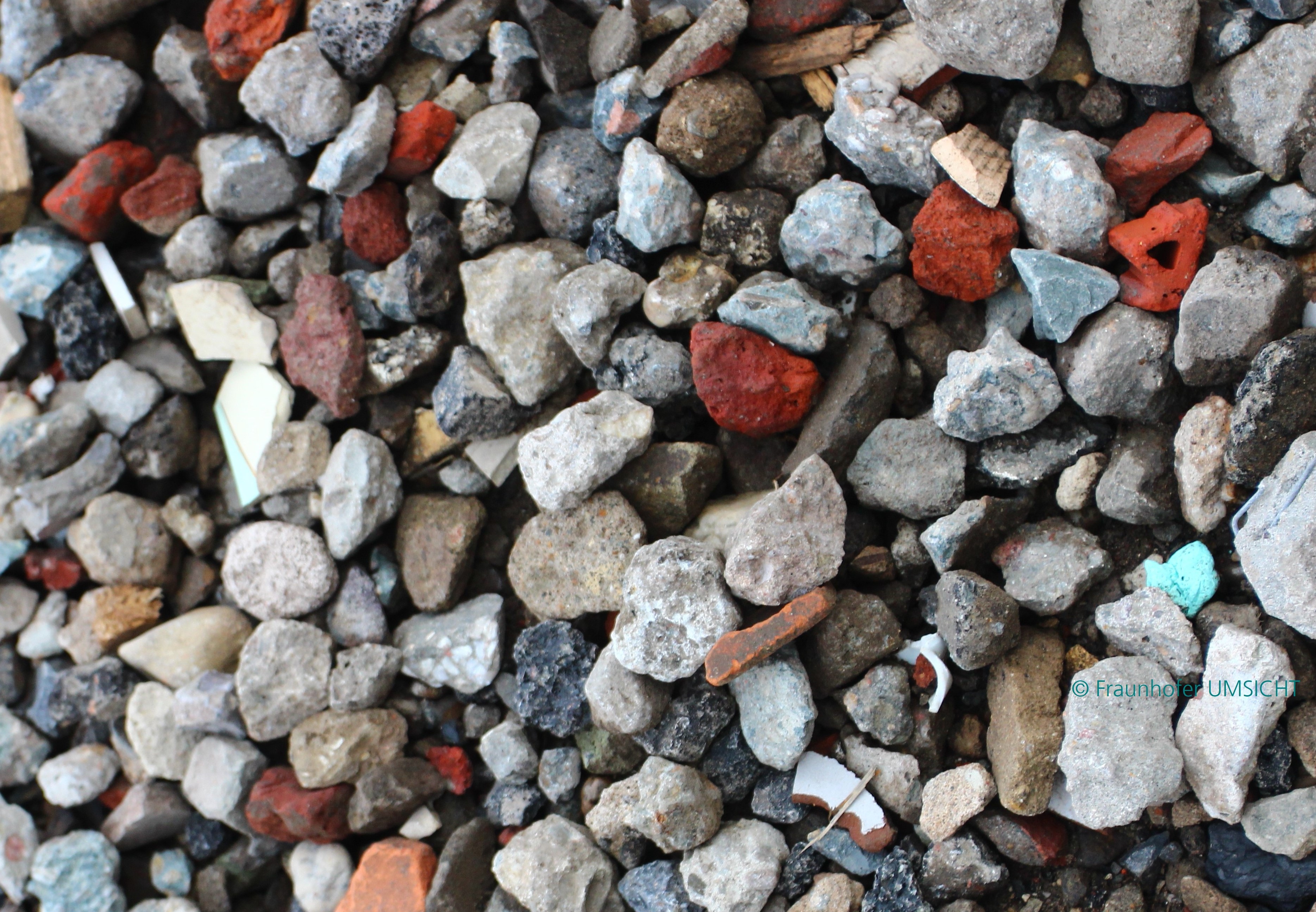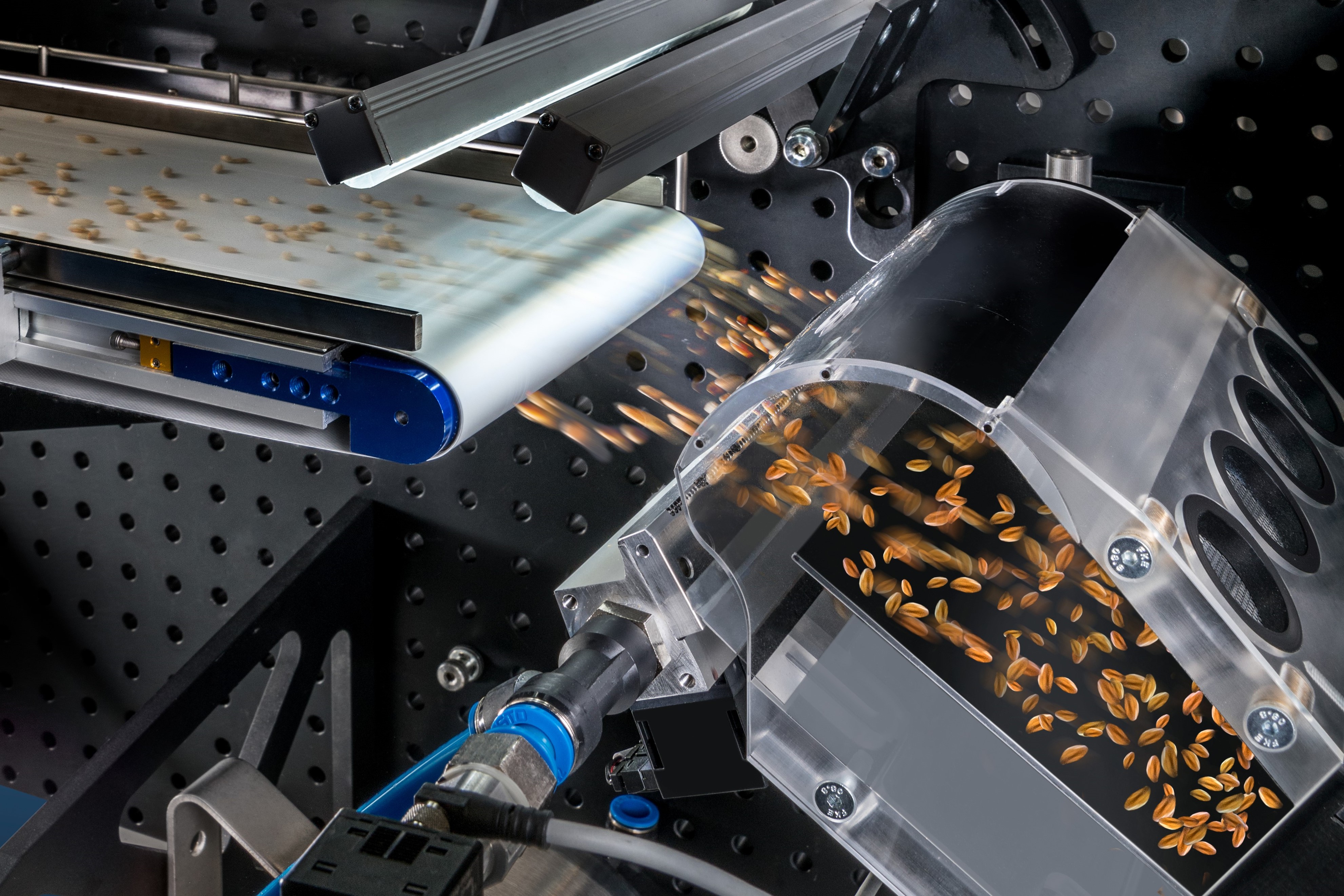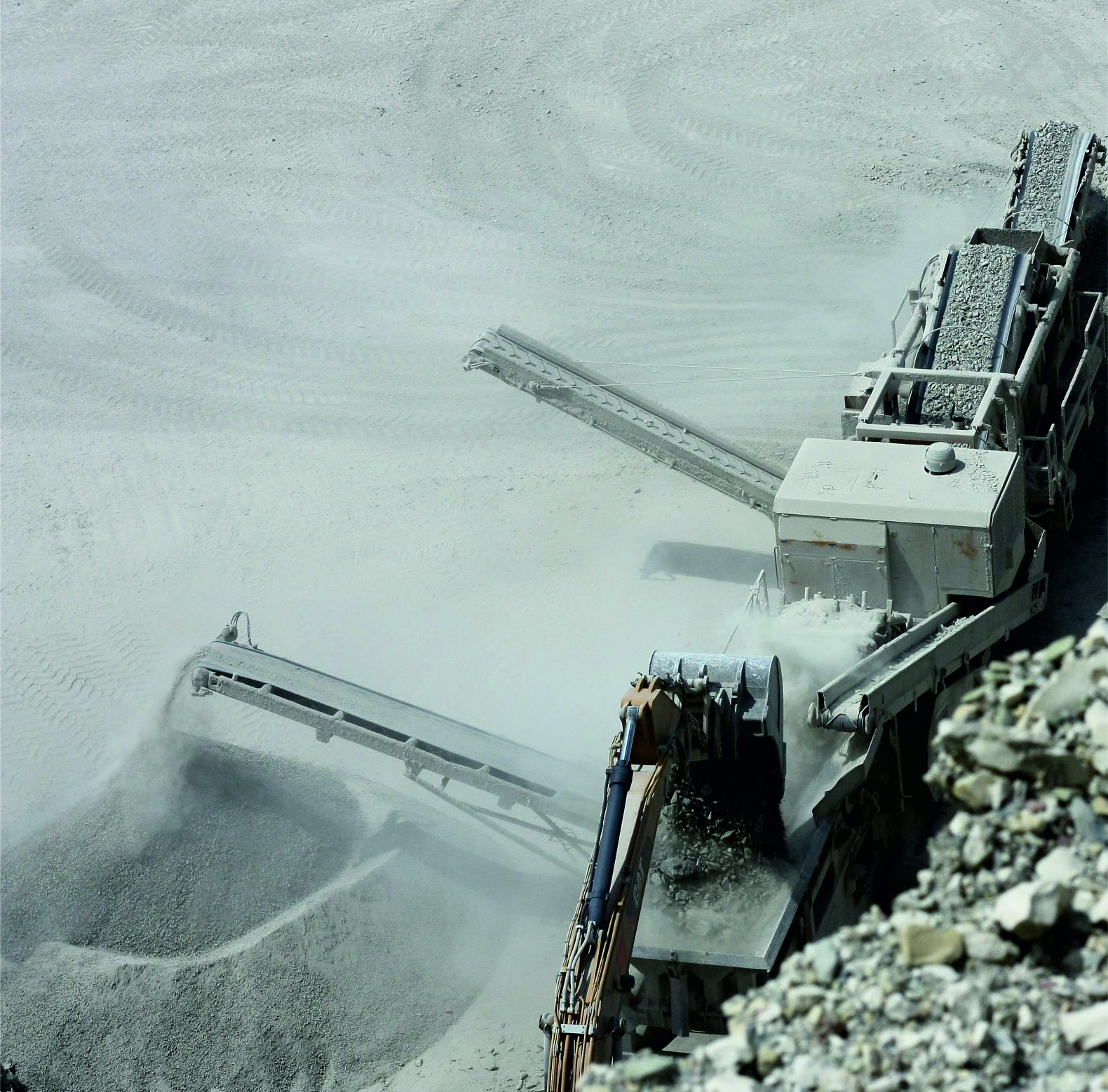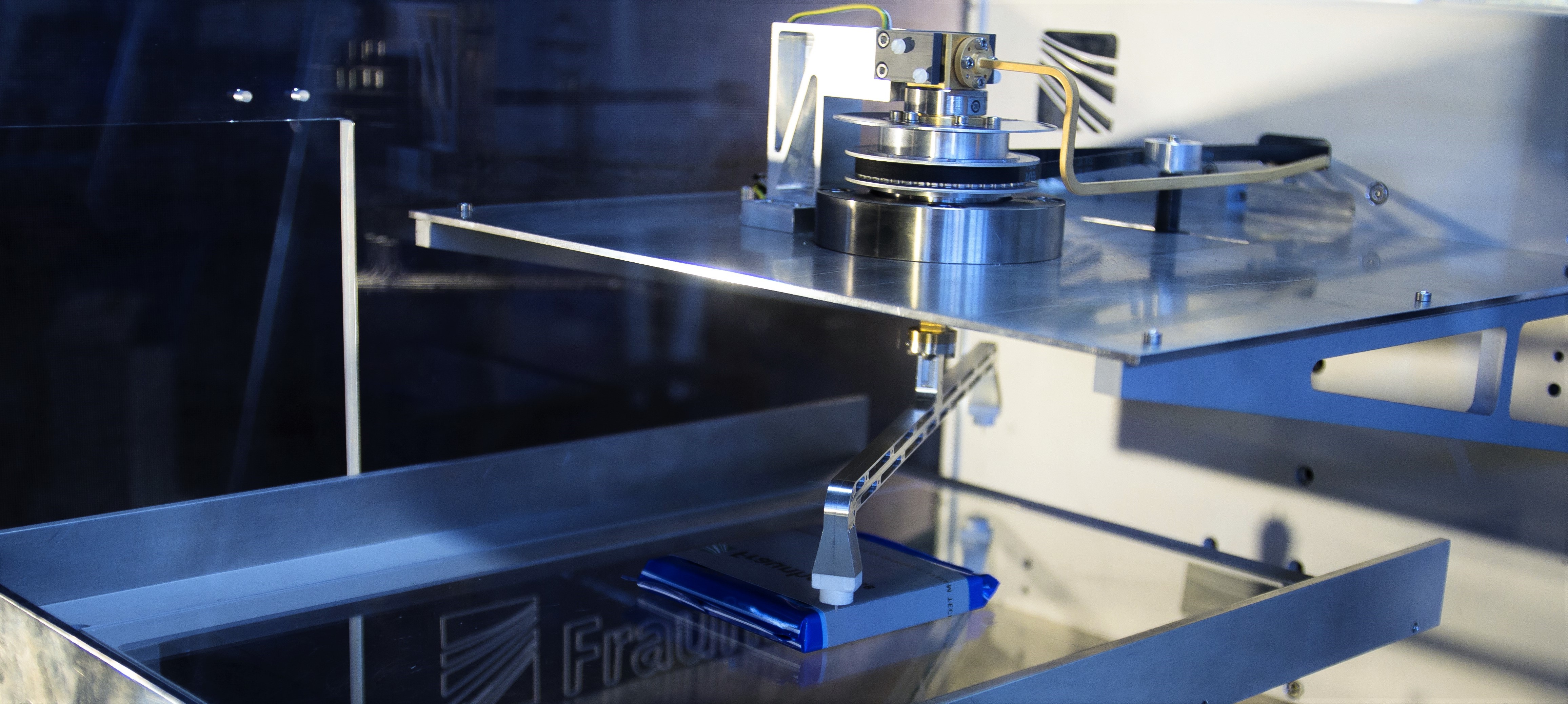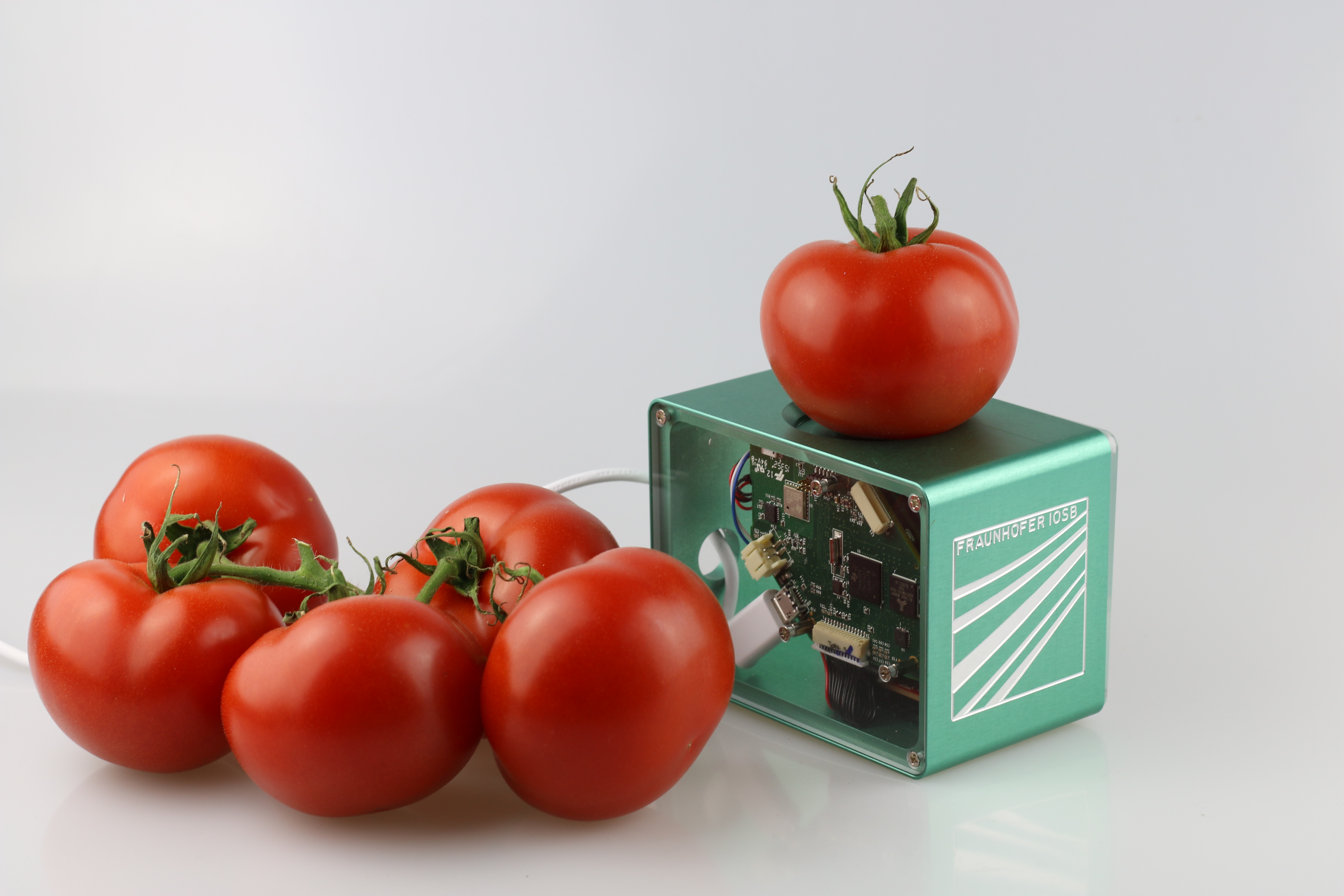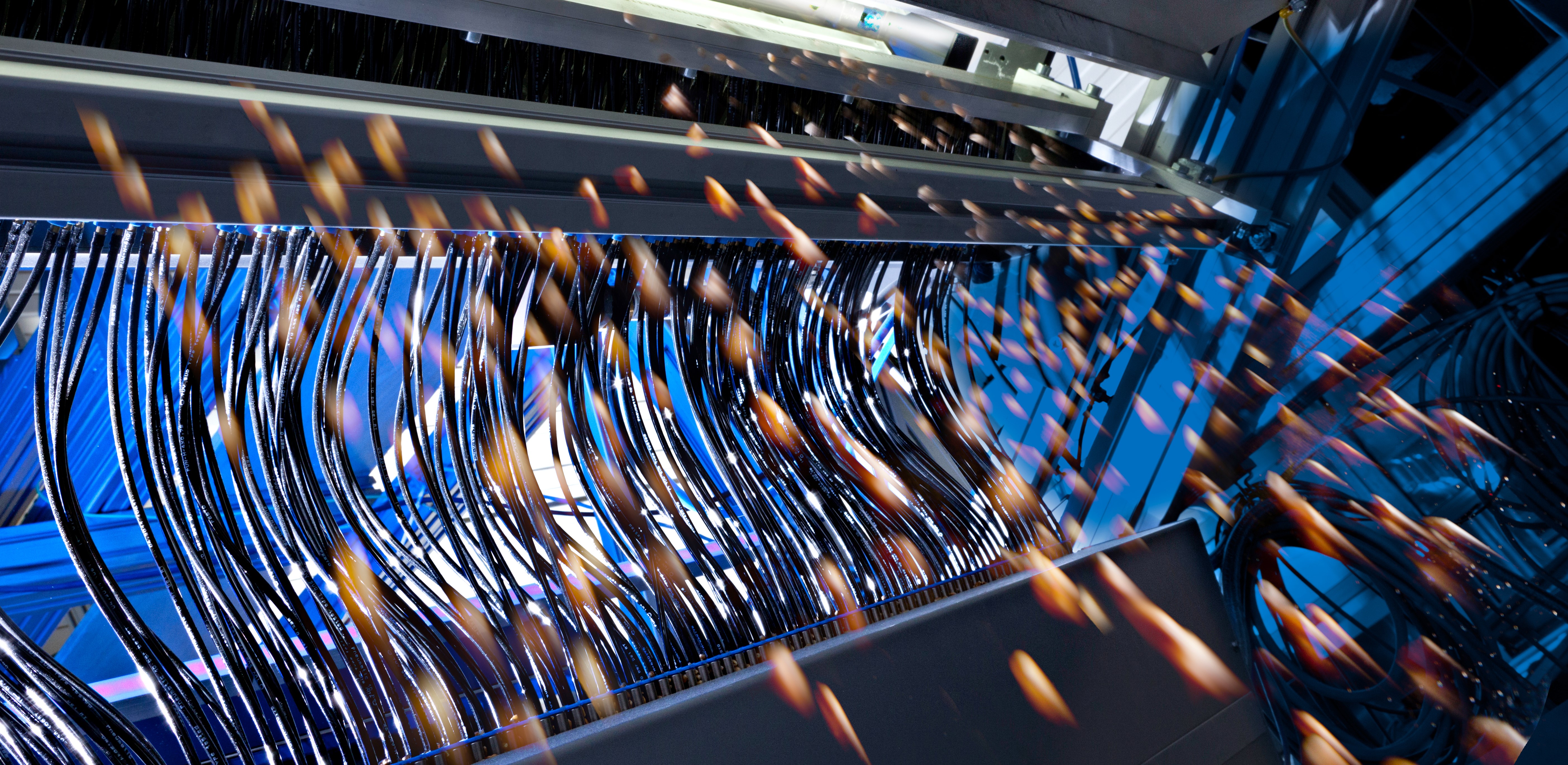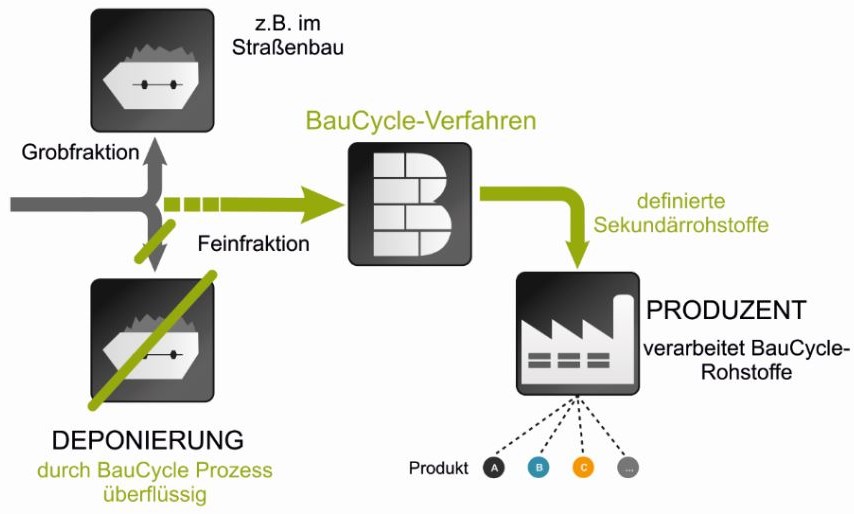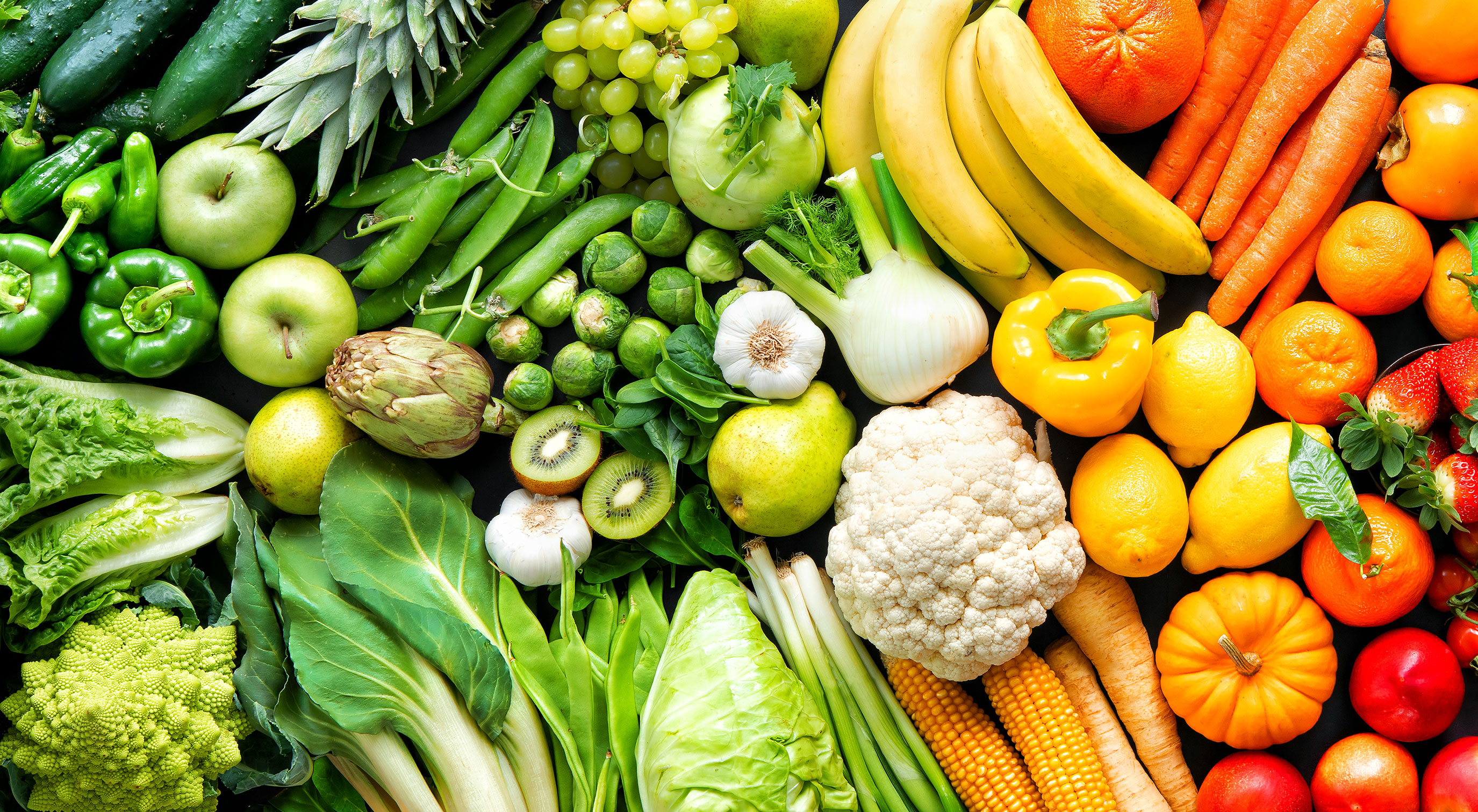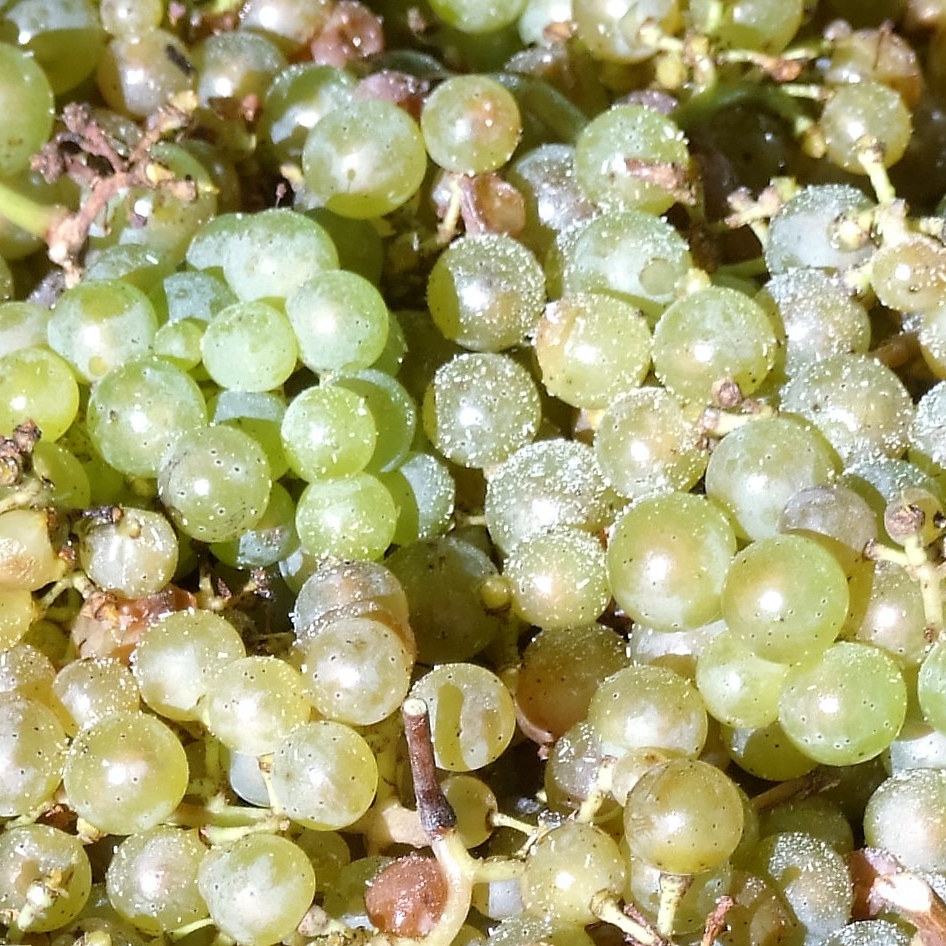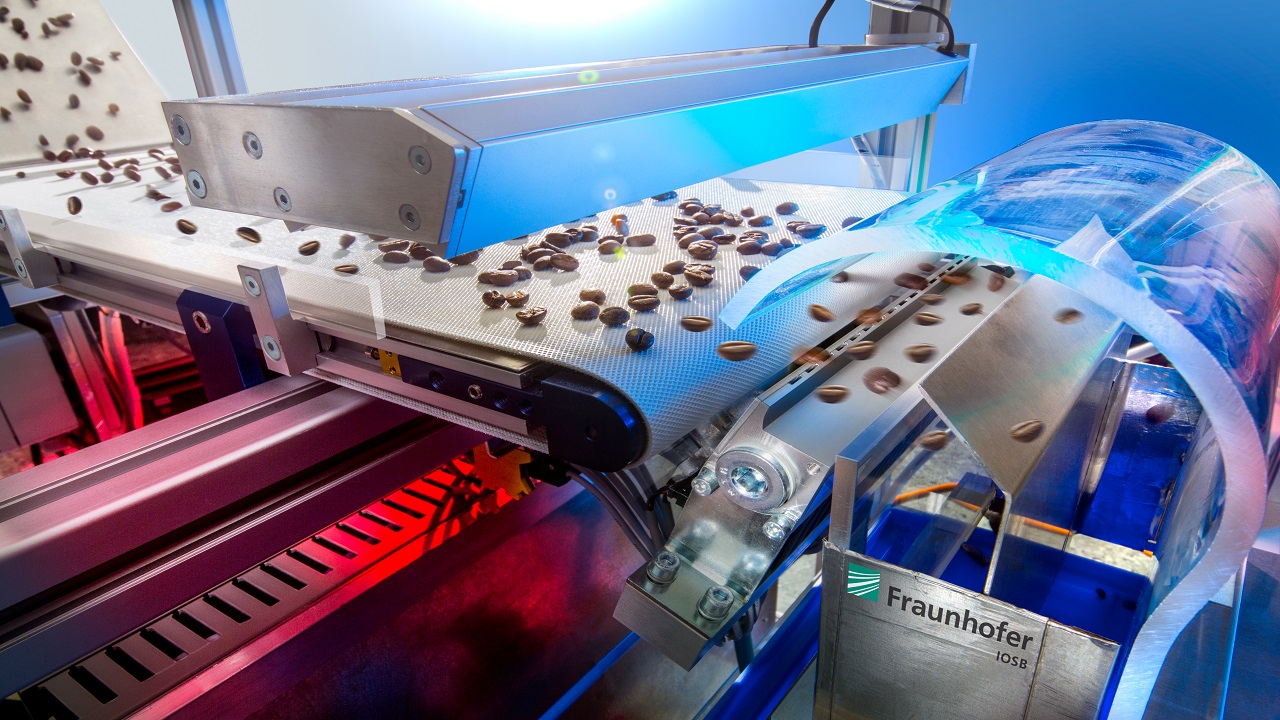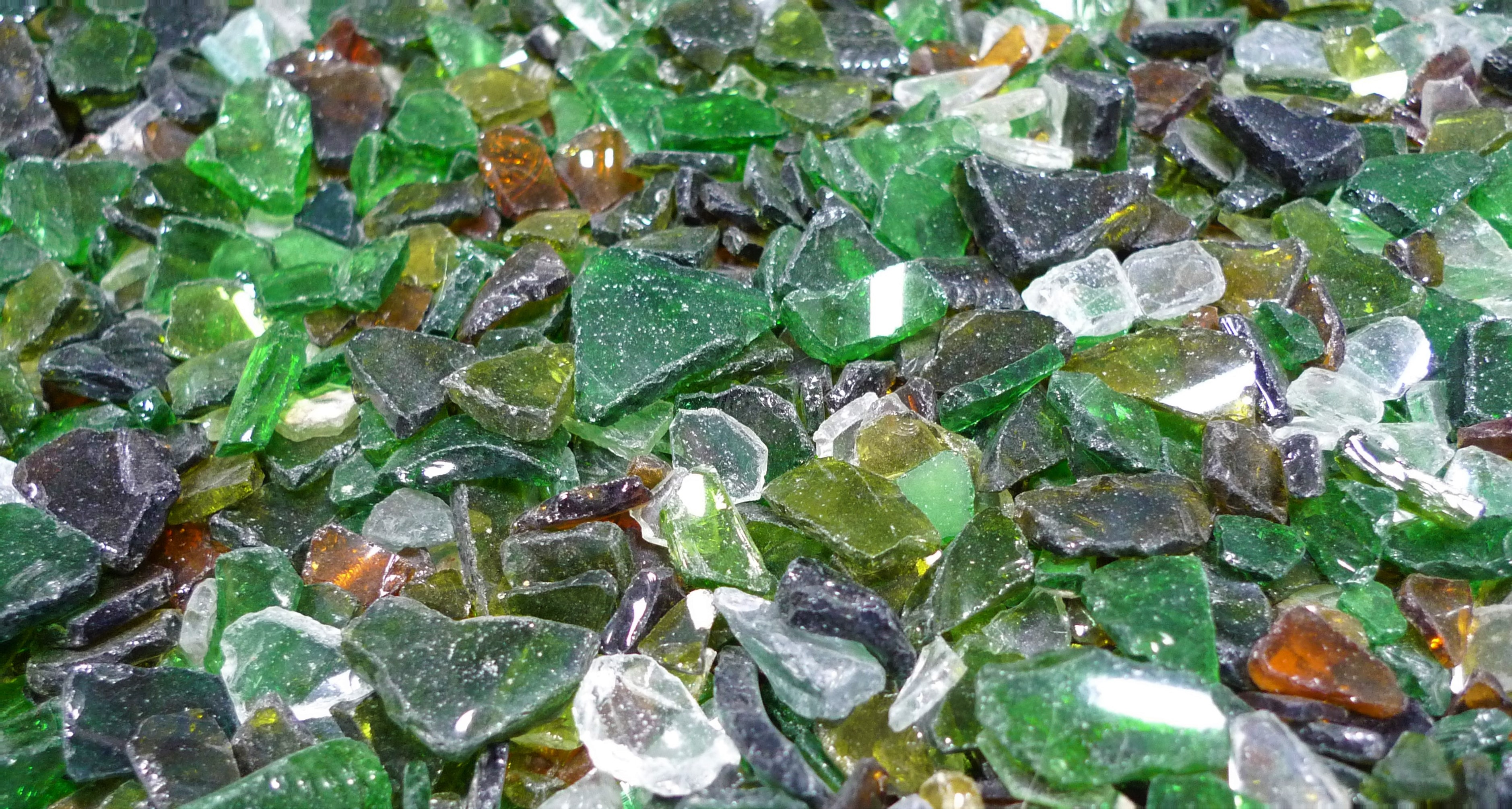Fraunhofer lighthouse project »Waste4Future«
Karlsruhe / January 28, 2025

Efficient recycling and expanded use of plastic waste streams
Eight Fraunhofer Institutes have developed new solutions for waste management and the circular economy of plastics in the lighthouse project "Waste4Future". With their expertise, they are improving aspects such as recycling, sorting, recipe development, utilization paths and the minimization of waste streams. In particular, this makes it possible to use waste containing plastic that was previously incinerated. The results have now been presented to industry representatives at a final meeting.
Institutes involved in the lead project:
- Fraunhofer Institute for High Frequency Physics and Radar Techniques FHR
- Fraunhofer Institute for Ceramic Technologies and Systems IKTS
- Fraunhofer Institute for Microstructure of Materials and Systems IMWS
- Fraunhofer Institute of Optronics, System Technologies and Image Exploitation IOSB
- Fraunhofer Institute for Process Engineering and Packaging IVV
- Fraunhofer Research Institution for Materials Recycling and Resource Strategies IWKS
- Fraunhofer Institute for Non-Destructive Testing IZFP
- Fraunhofer Institute for Structural Durability and System Reliability LBF
 Fraunhofer Institute of Optronics, System Technologies and Image Exploitation IOSB
Fraunhofer Institute of Optronics, System Technologies and Image Exploitation IOSB 
